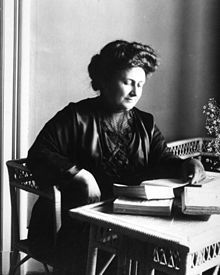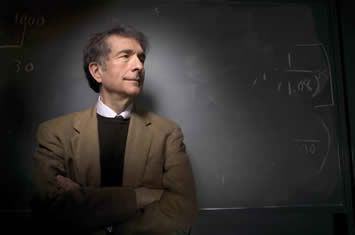I used to think of my classroom as a safe place for my students and told them as much. So many students these days need to experience a stress-free environment even if only for a few hours every day.

Yesterday, hundreds to thousands of students went to their supposed safe place at Marjory Stoneman Douglas High School in Parkland, Florida. Seventeen of those students lost their lives there. Still another fourteen experienced physical trauma from gunshot wounds. The emotional scars inflicted on those who survived will remain for years to come.
Today, politicians offered their well rehearsed lines – the lines they have uttered at the hundreds of other school shootings since the tragedy at Sandy Hook. Tomorrow we will probably hear elements of blame placed on reasons for why still another school shooting happened.
There has become a pattern of violence and insincere resolution in our country perpetrated by those having easy access to guns that have no earthly reason to be on our public streets and those who allow them to have access to them…
- Tragedy – shootings
- Political condolences
- Blame game
- Gun issue debate
- Debate drags on
- People forget
- Brief respite from shootings
- Another tragedy
There is no one reason on which to place the blame for these senseless crimes but rather a myriad of reasons that need to be discussed in a rational way without political affiliation or money generated concerns to guide ethical decisions. That said, it’s obvious that present administration politicians cannot satisfactorily meet en mass to discuss anything pertinent to the health and well-being of the people of the United States without adding a political bent to it. It should be obvious to all that after hundreds of school shootings since Sandy Hook that nothing will change unless the American voters start speaking up. Speaking up is done in any number of ways but the two most easily accessed is phoning and writing your representatives and senators. Be mindful that just one letter or call won’t suffice. If you want to be part of change in this country you have to be persistent.
To contact your elected officials find them at https://www.usa.gov/elected-officials
If you’re not convinced your voice will make a difference – consider this quote by Margaret Mead…

… and take a look at the statistics below…

















